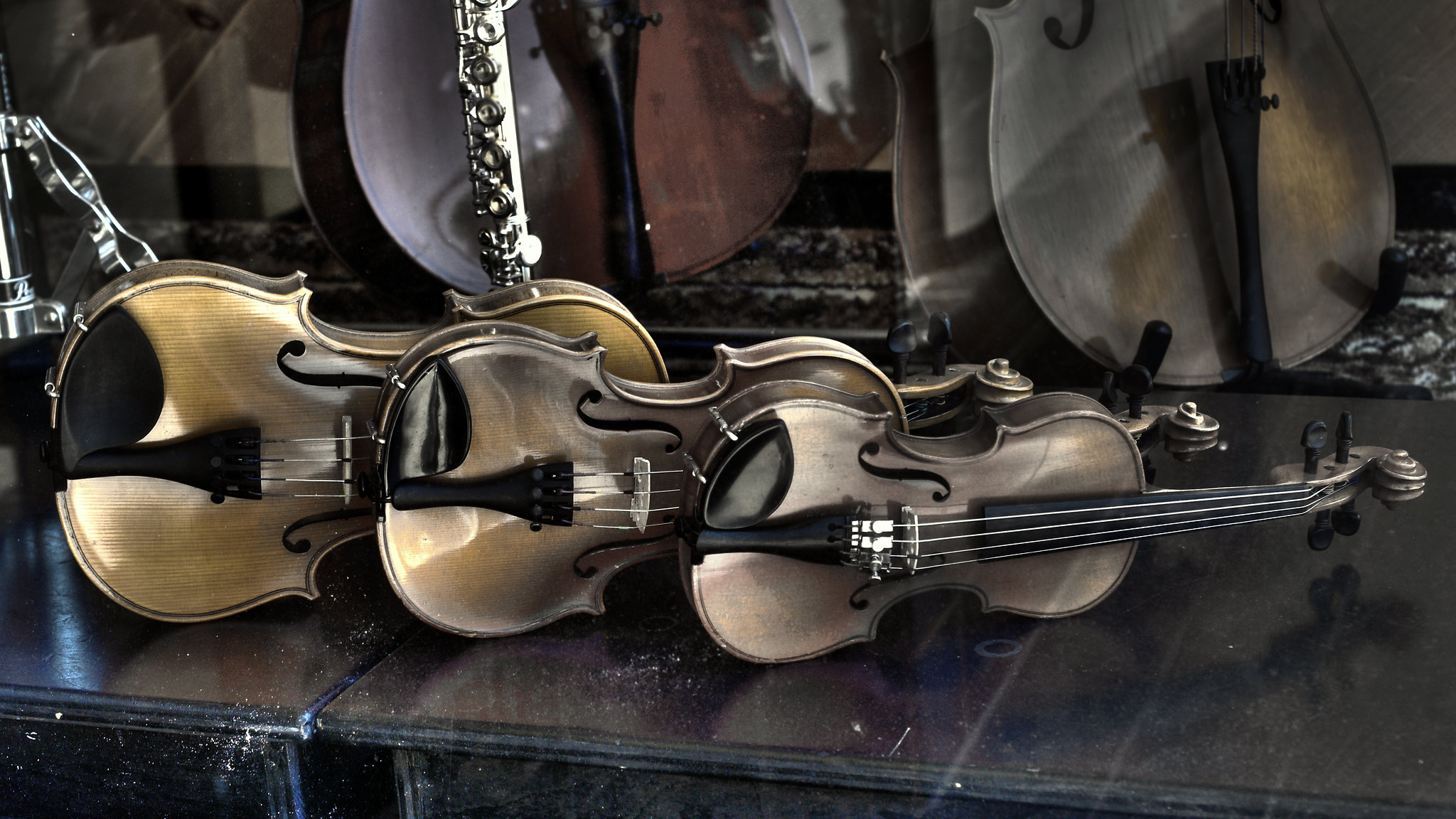Sul tasto is an interesting violin technique that not all violinists know about or understand! This technique is used in specific instances and for stylistic purposes. Let's dig in!
What is Sul Tasto?
Sul tasto literally translates to "on the touch."
The violin is typically bowed in a "sweet spot" between the violin bridge and the fingerboard to produce the best sound possible for the instrument. When this sweet spot is not played, optimal sound is not achieved, and the violinist can find themselves playing with less than beautiful tone. Typically, violin music is written for this optimal spot, and it's rarely for the style of sul tasto.
But what is sul tasto? Simply put, it's where the violin is bowed, and what kind of pressure is applied to the bow at this spot. Instead of bowing the violin right behind the bridge, the violin is bowed just over the fingerboard with a lighter touch than normal playing. This technique forces the violinist to play very carefully: bow too hard or use too much pressure, and the sound is immediately distorted and "screechy." Bow too lightly, and the sound produced is weaky and breathy.
Typically, when playing sul tasto, one uses medium or low dynamics. This interesting technique is meant to be soft, sometimes ethereal, magical, or spooky. Some people think that sul tasto causes the violin to sound more like a clarinet or a flute than a violin, but this is entirely one's own opinion.
We would be remiss if we didn't discuss sul tasto vs. flautando as well. What's the difference between these two? The answer is: very little. Flautando is defined as "flute-like," so the pressure that one must put on the bow while over the fingerboard must be so light and smooth that the violin's tone imitates the flute as closely as possible.
Lastly, sul tasto and other unique bowing technique are notated very directly in music. For example, in Debussy's "La Mer," the sul tasto notated is explicit and direct for a musician's clear understanding.
When Should I Use Sul Tasto?
Some musicians, especially those who are soloists, can feel free to interpret music in their individualistic ways. Others who play in large ensembles must follow what their fellow musicians or director tells them. If the music you are playing indicates that you should use sul tasto, then by all means, please follow the composer's directions.
However, if you feel as a group that sul tasto would be an interesting interpretation, that might be a great idea for your ensemble.
Likewise, if the music you are playing feels better in the style of sul tasto, then communicate fully with your accompanist and embrace your artist's creative right!
Check out this gorgeous symphonic poem by Claude Debussy, La Mer. At 3 minutes 20 seconds, you can hear the strings use sul tasto in order to communicate waves, wind, and sea.
What's the Opposite?
The opposite of sul tasto must be sul ponticello. When exploring sul ponticello vs. sul tasto, the sounds could not be more contrasting! Sul ponticello is when the bow is dragged directly over the bridge, slightly over the bridge, or just touching the bridge. The result is squeaky, squealy, and really spooky! This is because the sul ponticello technique brings out the string's naturally high harmonics, not allowing any of the lower tones to be projected. If you need to be recruited by a thriller movie soundtrack orchestra, this would be a great sound to employ!
Sul ponticello is used rarely in string orchestration because it is a harsh sound and one that grates on the listener's ears. However, used appropriately, it certainly leaves the listener with a distinct memory of the music!
Conclusion
There are so many ways to make sound on a stringed instrument! Just a few of those ways are with the location of the bow alone. Explore some unique sounds on your own instrument today!




